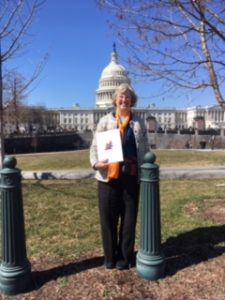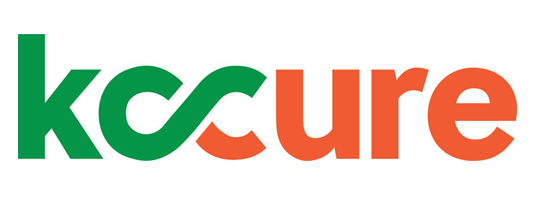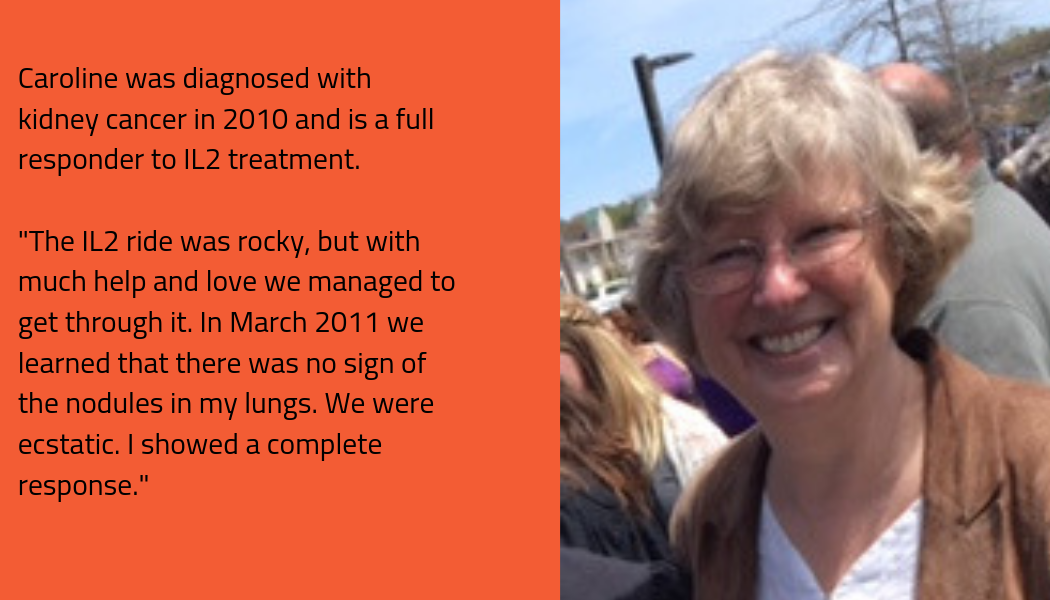My kidney cancer journey was preceded by breast cancer, which was caught early through a routine mammogram. After two surgeries I returned to work in January 2010, the same month I celebrated my 60th birthday and my cancer-free status. We had learned much, including how to advocate for ourselves, ask for help and support and to celebrate every bit of good news.
The thrill didn’t last long. One month after my return to work I felt dreadfully sick and vomited throughout the night. Strangely, over a period of several days, a beautiful ruby-red gem sometimes appeared in the toilet bowl. I realized later that this this was a blood clot. A visit to my PCP and a urine test showed evidence of hematuria, or blood in my urine, and an ultrasound rapidly followed. An appointment was made with a local urologist. With dizzying speed we were told that there was a large tumor in my left kidney that could not be safely surgically removed at the nearby hospital in Portland, Maine.
At the Lahey Clinic near Boston I had an open nephrectomy in March 2010. The pathology was Clear Cell Renal Carcinoma. The surgery was considered successful, and we planned to follow up with regular CT scans nearer home with a local oncologist.
Six months later the CT scan showed nodules in my lungs. What had felt like solid ground under our feet was rapidly slipping away.
We returned to Boston for consults, and an oncologist friend, suggested that we consider the possibility of IL2 treatment. Following that lead we saw Dr. Michael Atkins at Beth Israel Deaconess Medical Center (BIDMC). Dr. Atkins warned that this was not something to undertake lightly. In fact two oncologists advised us against IL2. At that time there were some, but not many FDA approved treatments for Kidney Cancer. The approach was to treat as a chronic disease, not to reach a cure. We were told that High Dose Interleukin 2 had the potential to provide a Durable Complete Response, which means a future in which no disease could be detected. However, this was only attained infrequently, and it was impossible to predict who was likely to benefit from the treatment. Additionally, there is severe toxicity associated with IL2.
 The treatment takes a toll, both on the patient and on caregivers. Highly trained nurses administer IL2 in an in-patient setting over several weeks. Side effects can be dramatic and have a sudden onset, but the nursing staff is alert and knows how to counteract them. I spent almost four weeks as an inpatient, weeks spread over a five-month period.
The treatment takes a toll, both on the patient and on caregivers. Highly trained nurses administer IL2 in an in-patient setting over several weeks. Side effects can be dramatic and have a sudden onset, but the nursing staff is alert and knows how to counteract them. I spent almost four weeks as an inpatient, weeks spread over a five-month period.
Good fortune shone on us. Regular scans, which bring along the now familiar ”scanxiety”, have not detected any new tumors. Dr. Atkins left BIDMC and I am now under the care of Dr. David McDermott. I have had no further treatment for kidney cancer. Many things have changed in the world of kidney cancer since my own diagnosis in 2010. Now IL2 is sometimes used in combination with other medications. There are new decisions and dilemmas for patients and their families. I would always encourage patients to learn about their disease, (one good source is through SmartPatients,) ask questions and seek more than one opinion, especially when dealing with a disease that is not one of the common forms of cancer, or one like kidney cancer, where treatments are still being developed and improved.
KCCure thanks Caroline for sharing her kidney cancer story and her success with IL2 treatment.

